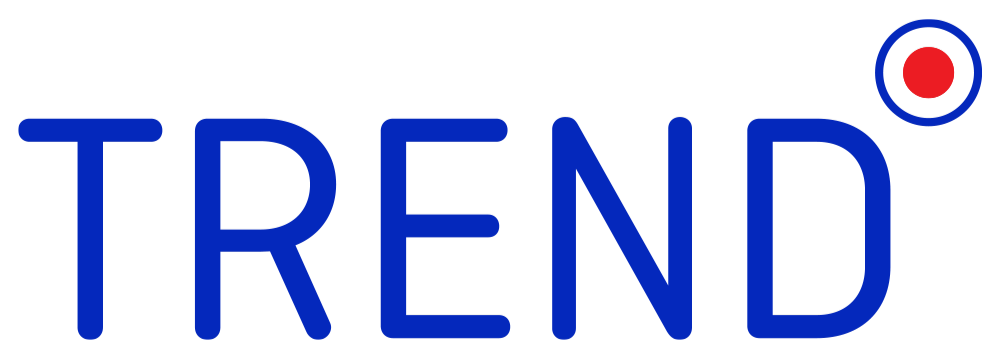So, What Exactly Is Programmatic Advertising?
Programmatic Advertising is a relatively young field in advertising, especially in the Caribbean region. If you’ve been browsing the internet today, chances are you’ve seen an ad that was served to you programmatically. Over the years Programmatic Advertising has grown to be a multi-billion dollar industry, yet in spite of its huge transformative impact on advertising, many people are not familiar with how it works, or that it even exists at all.
Programmatic Advertising is the use of software to automate the purchase of ad-space on websites and within apps, such as those you would typically use on your smartphone, tablet or smart TV. Ad-spaces are selected based on certain criteria the advertiser has set, such as the type of website or app the ad-space is on, the user’s current location, the current time of day, age and gender of the user and their interests based on the individual’s browsing activity.
If traditional advertising were carpet bombing, then programmatic advertising is deploying a highly skilled special forces team focused on a singular mission; find persons who are interested in your business and turn them into buyers.
Now you may be wondering, what’s wrong with the “carpet bombing” approach of traditional ads? Doesn’t displaying your ad in a newspaper, magazine or billboard mean more visibility, which is better for my brand or business? Not necessarily. Some of the main constraints of traditional ads are:
- Lack of focus: You can’t control who does or doesn’t see your ad with a newspaper or a billboard. If you’re advertising a product that primarily interests young women aged 18-25, why should you have to pay to display it to men aged 40-65 who would have little or no interest in it? With traditional media, you pay to show your ad to large segments of the population with the hope that most or some of them are actually interested in your product or service.
- Expensive: Billboards and magazine ads are expensive. You pay thousands of sollars to display ads with no guarantee that you’re reaching your target audience.
- Limited Insights : You don’t know who has seen your ad, and unless you’re asking each customer that makes a purchase, you don’t know which of your customers arrived at your store because they saw your ad and which arrived organically. Without this information it’s very difficult to discover which types of ads work well and which don’t.

Programmatic can help your business save on marketing costs
Programmatic Advertising solves these problems quite elegantly. With programmatic campaigns, you can choose exactly who sees your ads, which means that you only pay for those ads that are displayed to your chosen audience. Additionally you can gather lots of insightful data that can be applied to your business sales process.
So how does it all work? Programmatic campaigns generally follows the following steps:
Step 1 — Choose your audience
At this stage, we identify possible audiences that would be interested in the client’s product or service. This is accomplished using data that is gathered from users as they browse the internet. A surprising amount of information about users can be deduced from their browsing habits. You may recall the story of how the US chain retailer Target was able to accurately predict when their shoppers were pregnant utilizing data analysis, and offer them coupons for baby items via email.
Step 2 — Decide what you want to achieve with your campaign
At this point we determine what kind of campaign suits the client’s needs. Would they just like to consumers to keep their brand or product in mind for the future (Awareness)? Maybe they’d like to connect with potential customers and get their contact information for later use (Lead Generation)? Or perhaps convince a user who was looking at items on their online store to return and complete their purchase (Remarketing)? Once these questions are answered, it’s onto step 3.
Step 3 — Tailor your ads to suit your audience
Ad banners or ‘creatives’ as they are sometimes called can make or break your campaign. Choosing how, where and when your message should be displayed should be very carefully considered. The banner ads are perhaps the most important part of a campaign, because you can nail all the other steps involved in launching a campaign but if your ads aren’t enticing, don’t convey your message clearly or are just downright unappealing, no one is going to pay attention to them.
Step 4 — Campaign Launch
Once we’ve identified our audience, gathered our data (or acquired it from a third party company that specializes in this), determined our main goals and designed our creatives to suit, we’re ready to hit the ground.
Step 5 — Optimization
We keep our eyes and ears open at all times for potential opportunities or threats. Thankfully, we don’t have to do this completely manually and we rely on the algorithms of our platform to aid us in efficiently maximizing the campaign’s reach and budget expenditure.
Step 6 — Reporting and Continual Improvement
After a successful campaign, we take time to review the performance of the campaign. We determine what worked well and where there may have been opportunities for improvement. These findings are then applied to later campaigns and shared with the client in a comprehensive report.
Programmatic Advertising allows for greater dollar-for-dollar reach and impact when compared to traditional advertising methods and also adds value to your business by providing valuable insights about your target audience. Interested in finding out how Trend Media can make programmatic work for your business? Get in touch with us and we’ll be glad to help.

